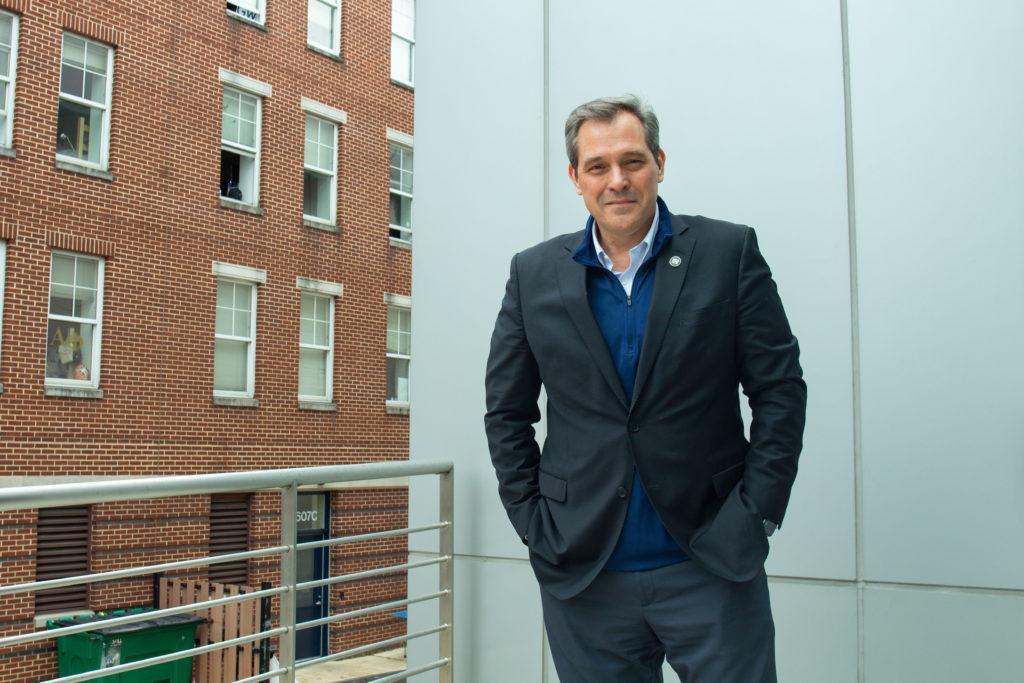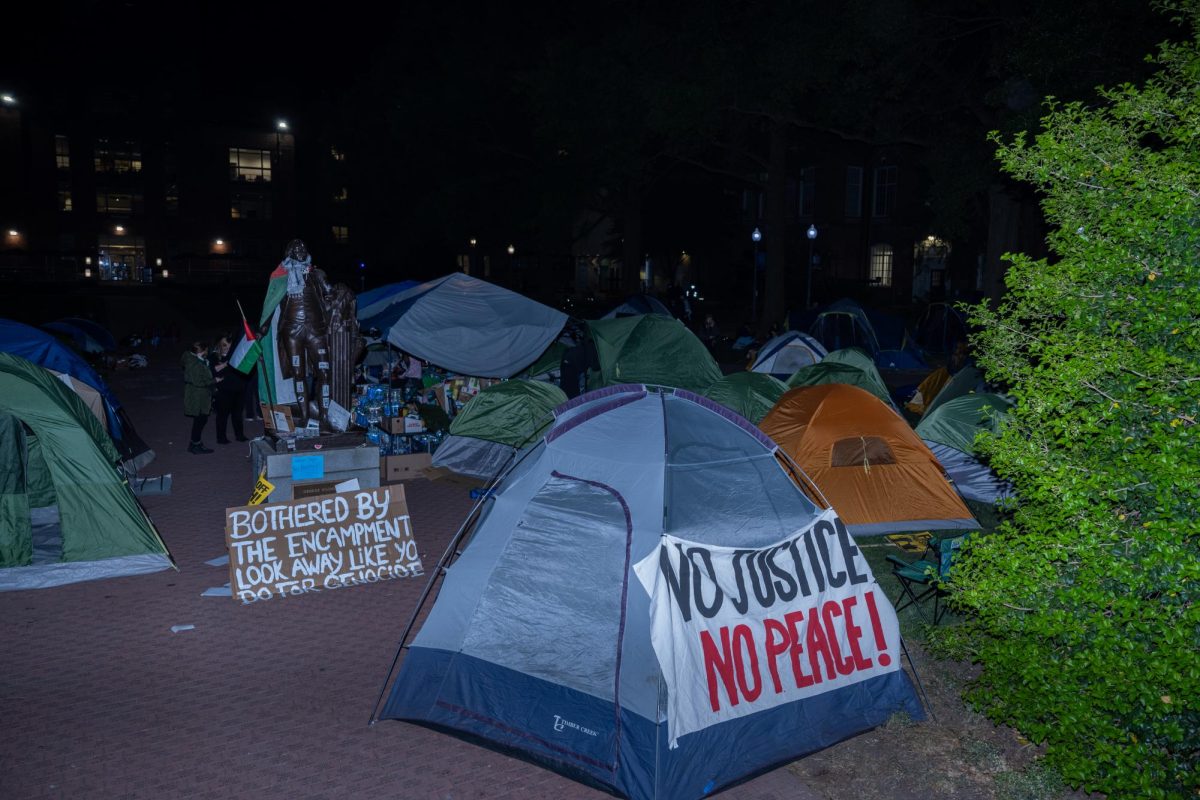Officials said they are “still learning” about the pandemic’s long-term impacts on the University and will continue building their plan to financially recover based on enrollment and spending cuts.
The University has increased its acceptance rate, expanded its waitlist, admitted a larger freshmen class and raised tuition over the past three years in hopes of mitigating the financial effects of the pandemic. As enrollment levels continue to decline, higher education experts said officials’ use of COVID-19 as a benchmark for recruitment strategies could remain indefinitely at GW until another financial crisis, like a recession, takes precedence over the pandemic.
Jay Goff, the vice provost for enrollment and student success, said comparing current enrollment levels and budget spending to those during major world events like the pandemic is “standard or best” practice for University planning. Goff said the University typically makes plans based on data across the past five and 10 years, and officials track disruptions to regular administrative operations like recessions or the pandemic in that data.
“Over the past decades, this has included events such as the 9/11 terrorist attacks in 2001, the great recession in 2008 and the COVID-19 pandemic,” Goff said in an email. “Those notations continue throughout the short and long-term planning processes.”
States operated without $283 billion in tax revenue in the five years after the Great Recession began, reducing funds for public higher education institutions.
Goff said officials built planning models during the pandemic that accommodate for enrollment decreases from the beginning of the pandemic in March 2020. After undergraduate student enrollment deposits fell by 18 percent in 2020, officials increased tuition by three percent for the Class of 2024 and eliminated fixed tuition rates for the then-incoming class and all students enrolling in the future.
Officials increased the size of the admissions waitlist in March 2020 to withstand drops in international student enrollment during the pandemic – a strategy they continued into last spring.
“We are still learning about the broader impacts of the pandemic and expect to make adjustments that are appropriate to improving our student’s overall GW experience and success rates,” Goff said.
Experts in higher education said administrators will continue to use the pandemic as a benchmark for fiscal planning and recruitment strategies until higher education faces a new external threat to enrollment and finances. They said the current economic recession and a demographic decline among college-age students worsened the enrollment drops and revenue loss during the pandemic, leading officials to continue pandemic-era strategies like remote recruitment events and tuition hikes.
Nate Johnson, the founder and principal consultant at the higher education research firm Postsecondary Analytics, said officials will use the pandemic as a “reference point” for enrollment trends until another economically devastating event that decreases higher education enrollment and budget occurs. He said the pandemic will replace the Great Recession in 2008 as the primary basis for higher education finance planning.
Between the 2008 recession and 2013 academic year, officials raised the financial aid pool to accommodate financially struggling students, using the recession as a basis for GW’s budgeting plans.
Johnson said many prospective students have chosen to opt for a college or university with cheaper tuition in the face of pandemic-related financial troubles.
About 56 percent of college students struggled to afford college tuition after the pandemic began in 2020, according to CNBC.
He said higher tuition rates associated with private universities have been exacerbated as universities like GW hike tuition rates to alleviate costs from the pandemic. GW’s estimated cost of attendance surpassed $80,000 for most undergraduates this academic year, ranking above all its 12 peer schools.
“You could see how somebody would be like ‘I can pay $15,000 a year to go to the University of Washington and have my pandemic online experience, or I could pay $50,000 and go to George Washington,’” Johnson said. “A lot of people chose the previous one.”
William Zumeta, a professor emeritus of public policy, governance and education at the University of Washington, said variables since the onset of the pandemic – like a drop in international student applications, lower graduate student enrollment numbers, a potential economic recession and a demographic decline among college-age students in heavily recruited states – exacerbated the pandemic’s limitations on enrollment.
Zumeta said GW’s use of the pandemic as a benchmark for planning should encourage universities to enhance the role of virtual recruitment opportunities, which can attract international students and students from historically underrecruited states who are interested in online learning.
“Clearly, previous trend lines were substantially broken, and basic assumptions changed,” Zumeta said in an email. “So one has to reset the baseline going forward even if the pandemic itself eventually winds down.”
Last fall, officials added staffing to the enrollment management team and expanded recruitment communications to boost international student enrollment after a 7.5 percent drop in international student matriculation last fall. Officials said admissions staff also recruited more students from the Midwest and Southeast to improve the geographic diversity of the freshman class this semester.
Brad Phillips, the executive director of Maryland Community Colleges, said universities should view enrollment declines that started during the pandemic as a “wake-up call” for how to deal with a longer-term economic decline if institutions do not create a solution to boost their student population.
Phillips said challenges beyond traditional higher education costs, like transportation issues and food or housing insecurity, could make students reluctant to commit to enrolling in a higher education institution. He said financial aid that covers costs outside of tuition, like food or daycare and continued utilization of hybrid learning, is key to boosting enrollment in light of transportation issues and food insecurity.
“We, as an institution of higher education, need to actually have to take a second look at the value that we are contributing to these people,” Phillips said.








